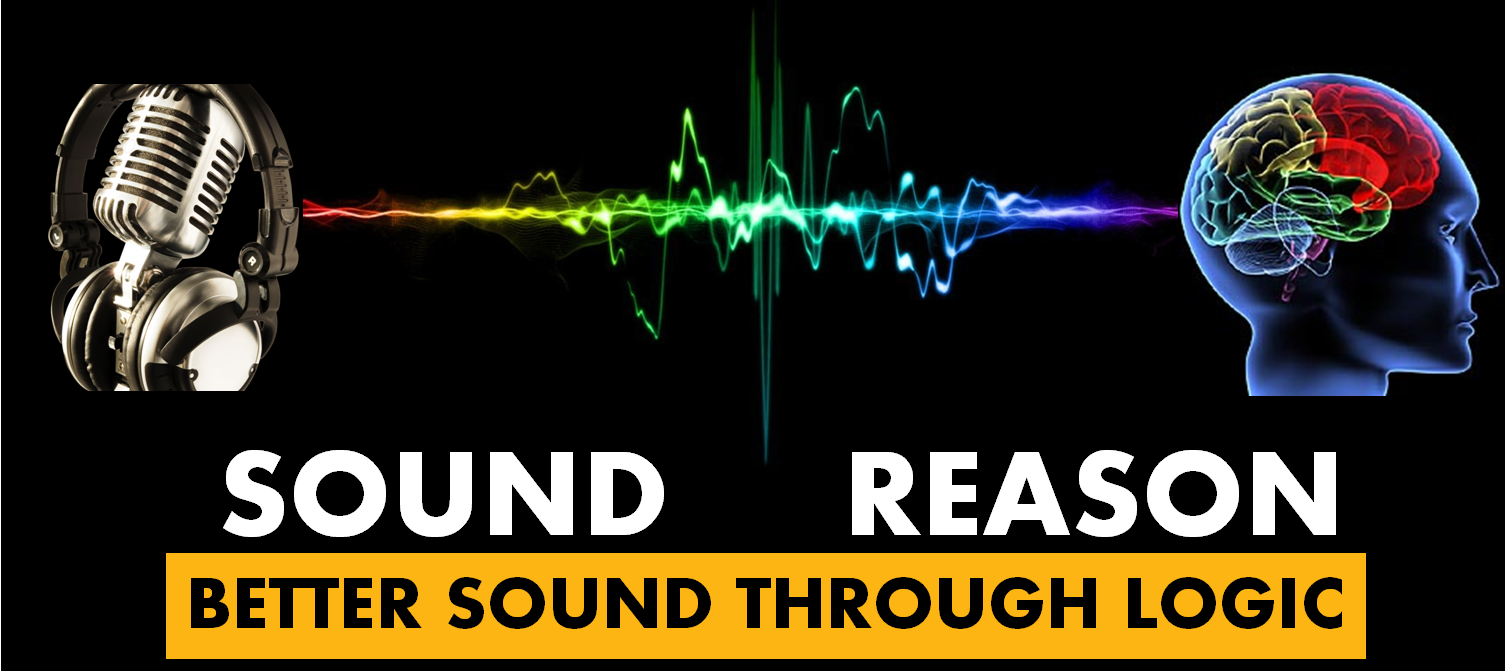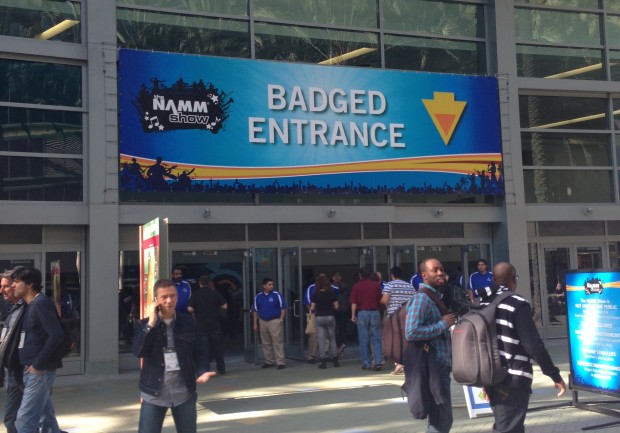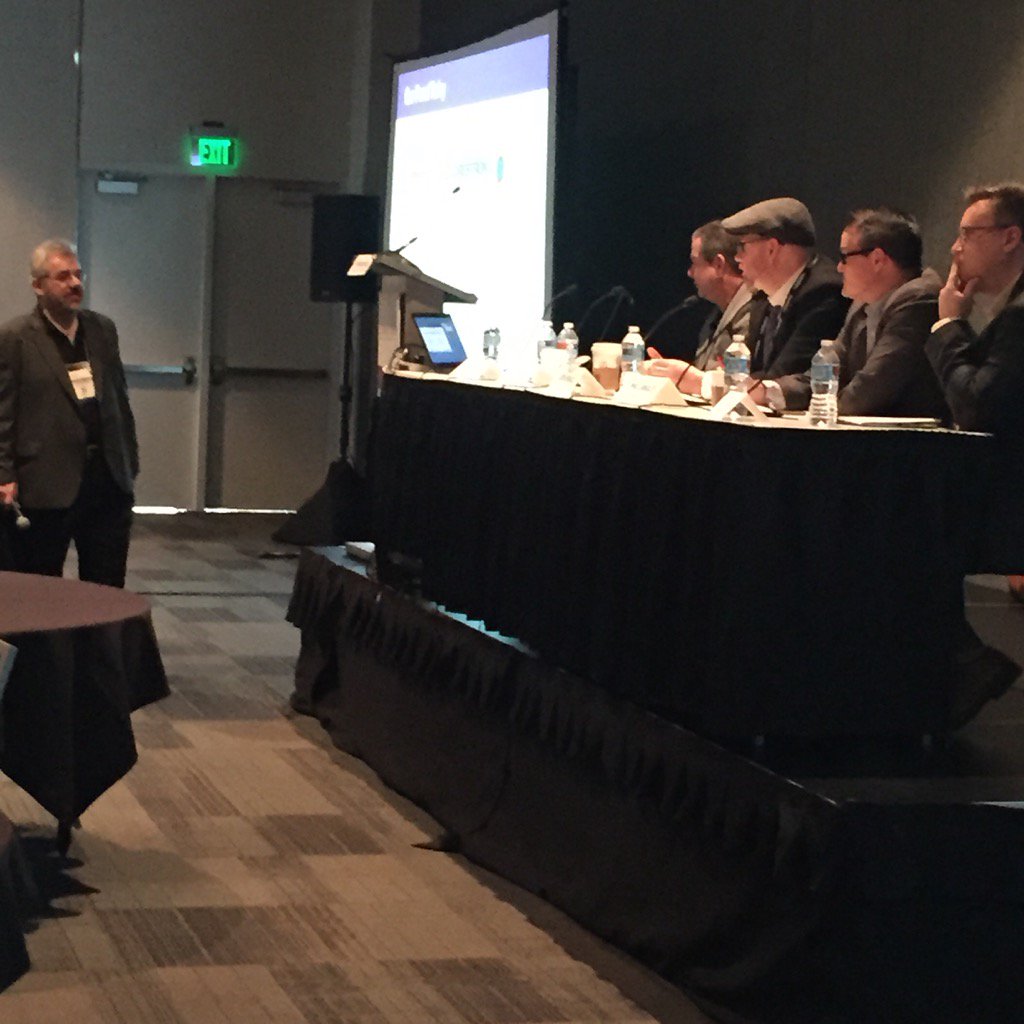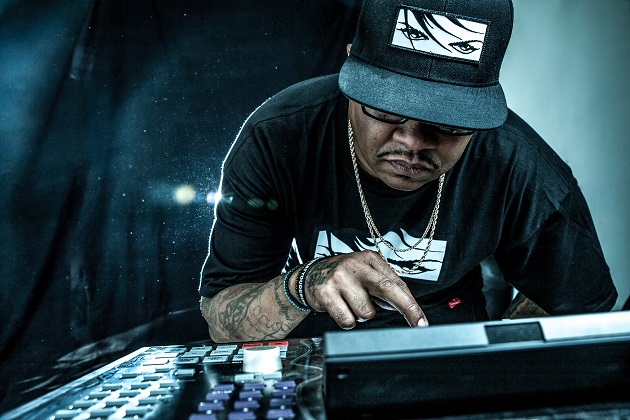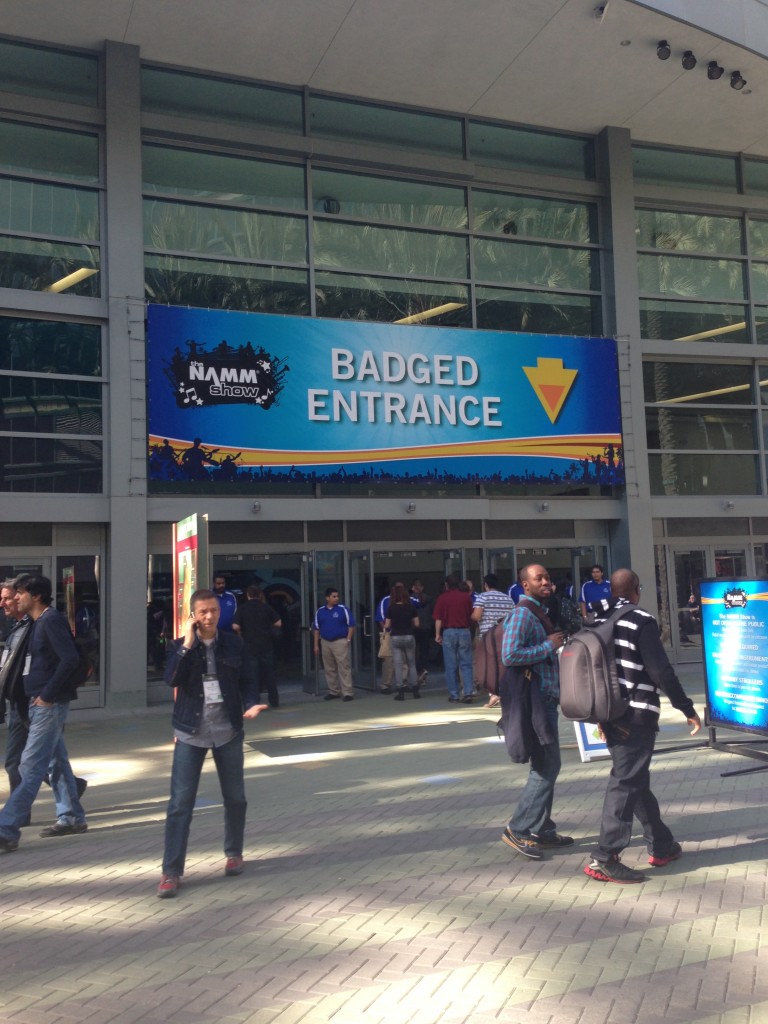 I’m not exactly new to the trade show game. I may not have the decades of experience that so many in the Audio/Visual industry have, but I’ve seen enough to know how shows work in general. That being said, 2014 was my first year attending the NAMM show in Anaheim, CA and it was something a little different and unexpected.
I’m not exactly new to the trade show game. I may not have the decades of experience that so many in the Audio/Visual industry have, but I’ve seen enough to know how shows work in general. That being said, 2014 was my first year attending the NAMM show in Anaheim, CA and it was something a little different and unexpected.
When I think trade shows I think about the aisles upon aisles of new equipment and how it’s going to work with legacy gear, prototypes that let the imagination wander, a sea of people meandering between booths in a hunt for coffee, water, candy, or most importantly, a seat. The other thing that comes to mind is continuing education. NAMM had all of these things, but it was the angle that was taken on what I witnessed that I found most interesting about the show. While I have 20 years of musician experience and the bright and shiny toys filling each booth were amazing to see this was a very new world to be a part of. There have been some fantastic innovations for musicians, particularly when it comes to the home recording studio and production aspects, but I felt that coming from a design/integration background there seemed to be a few puzzle pieces missing.
My background started in a recording studio and was heavily focused on signal flow. This means that when I look at a microphone I think about what instrument I’m going to use it on based on capsule size, sensitivity, and frequency response. After that I look at the next piece in the signal chain and where that mic signal needs to go next. I analyze each part from wave generation to the point where the audio is hitting my ear drums. What I saw at NAMM was several pieces of the signal flow puzzle, but I found there seemed to be missing components. Were someone to attend the NAMM show as a newbie into the industry they would have gotten a pretty good view of the fundamental gear for music, performance and basic recording, but they would also need to attend a show like AES or possibly SynAudCon training sessions to get the full picture on how all the components would yield the results sought.
The other part of the NAMM show that makes it so incredibly unique is the talent swirling throughout the hall at any given moment. You can find multi-platinum selling rock stars getting information on some of the latest wireless technology, guitars, or signing autographs for their sponsored products. If you left the show floor and headed up to some of the private rooms you’d be treated to some very intimate performances that you might never experience anywhere else.
I’m not sure the next time I’ll attend my next NAMM show after 2014 , but what I will take away from my first trip was that the mindset is so very different from the technical conferences. There is a lot going on at the NAMM show that is well worth paying attention to for the integrators and system designers because the people that are attending the show are the end users. These are the guys that have the vision for what they want to accomplish in their given house of worship, home studio, local venue, or any other application that requires an installer. In a way, it’s very similar to how the CES show pairs with the A/V industry. This is the world where people get to discover new technology for the first time, get their hands on it, and determine what it is they are really trying to accomplish. It is our responsibility as members of the audio community to make sure that we see what trends are taking place in this end user interaction, because soon enough we will start to see those same things that are common place in the world of the musician/producer environment begin to bleed over into the commercial world. NAMM might not be a show that requires your attendance, but it is definitely one that you should take some time and give your attention.
